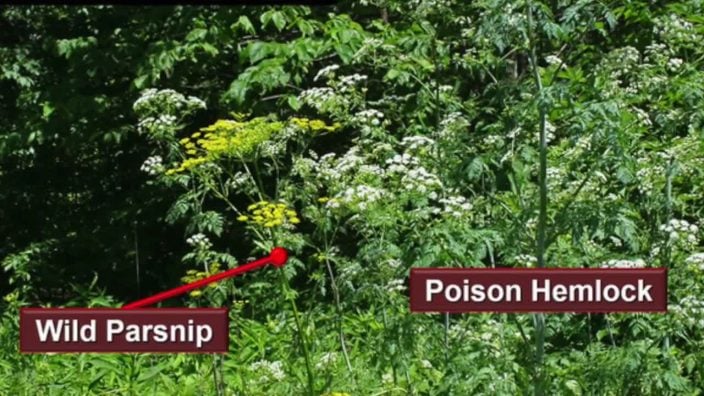Enjoy the magical silence in the snowfall
In a world that can sometimes be so loud and busy, snow literally slows us down and quiets the sound.
Read MoreHello Trumbull County. Spring is moving along quickly, and I hope you have stopped to admire all the flowers in bloom. Like the peonies in our garden, most flowers are welcome additions to the landscape, but others can be more problematic. You may have noticed the beautiful yellow flowers of Cressleaf Groundsel (Packera glabella) blooming throughout the county. Although it can grow just about anywhere, Cressleaf Groundsel really thrives in no-till agricultural fields and pastures. Despite its beauty, this plant can be highly toxic to livestock if ingested. This toxicity, in part, is why this beautiful yellow flower is included in Ohio’s Prohibited Noxious Weeds list.
Plants that injure agricultural crops, are invasive, cause harm to livestock, or negatively impact people can all be added to this notorious list. See the current list of offenders.
Many of the plants on this list can be attractive, and for some it is their beauty that led to them being added to this list. Purple Loosestrife is native to Europe and Asia, but was likely brought to North America in the 1800s as an ornamental plant. Now you can find this invasive species in most ditches, crowding out our native plant species.
Giant Hogweed (Heracleum mantegazzianum) is a plant that not even its own mother could love. This toxic plant is a member of the carrot family, but unlike its tasty cousin, it can reach heights of 15 feet. Unsuspecting individuals who try to remove this plant without skin protection may develop severe burns if they come into contact with the plant’s sap. Other members of the carrot family on Ohio’s Noxious Weed list include wild parsnip (Pastinaca sativa) and poison hemlock (Conium maculatum). Wild parsnip can cause a rash similar to hogweed, but usually only when exposed to sun. Poison hemlock? Well, it’s poisonous if you eat it.
We know the plants on the noxious weed list are generally bad, but what are the consequences of being on the list? In short, it means that growing plants on the list must be destroyed. The Ohio Revised Code also provides guidance on how to remove them, when to do so, and who is responsible for controlling the weeds. For example, noxious weeds in the roadside ditches are the responsibility of the county, township, or municipality that is responsible for the maintenance of that road. Ohio law also requires that roadside vegetation be mowed at least twice a year — once in June, and again in August.
Noxious weeds on private property
Noxious weeds on private property can get a little more tricky because it is the responsibility of the landowner. Once notified that there are noxious weeds on their property, a landowner has five days to respond. If they don’t respond, township trustees have the authority to step in, including to destroy the plants.
What should you do if you encounter a noxious weed? First, it is important to properly identify the plant and make sure it is actually on Ohio’s Prohibited Noxious Weed list. The OSU Extension office in Cortland can identify the plant and provide additional information on control measures, and, if necessary, protection measures needed to reduce toxicity (such as gloves or only handling the plant at night). If the plants are on your property, you can destroy them in a way that works for you, which can include hand pulling, herbicides, tillage or other measures. Contact your township trustees or local municipality for noxious weeds growing in roadside ditches. You can also report noxious weed populations on private property to your township trustees if you are not able to or uncomfortable with contacting the landowner yourself. If you want to read more, visit here.
I hope you don’t encounter any of the above named weeds, but if you do, and you are not sure where to start, you can always call our office at 330-638-6783 for assistance.
Submitted by Lee Beers, an Agriculture & Natural Resource Educator for OSU Extension-Trumbull County. He can be reached by email.
OFBF Mission: Working together for Ohio farmers to advance agriculture and strengthen our communities.

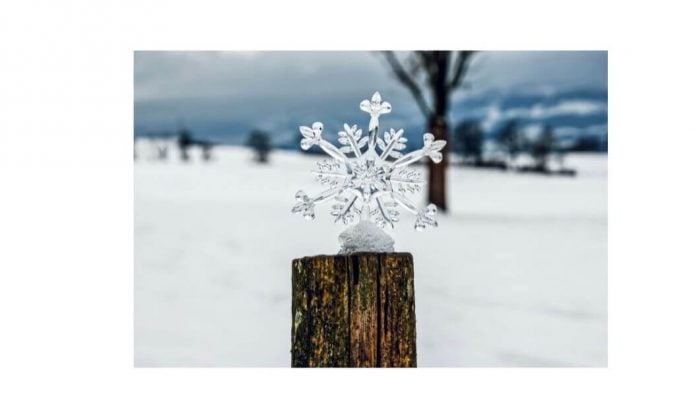
In a world that can sometimes be so loud and busy, snow literally slows us down and quiets the sound.
Read More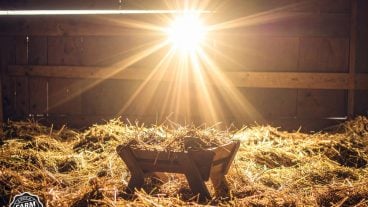

It might seem like a real chore to have to take care of the animals before any Christmas gifts or meals can happen, but to me it is such a special time.
Read More

Happy Thanksgiving, Everyone! I say it every year, but Thanksgiving is my favorite holiday. The gathering of friends and family…
Read More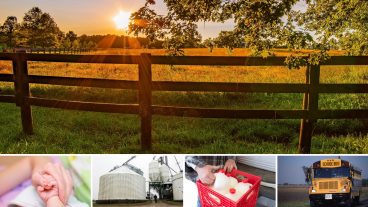

We need to get back to being people who see the good before the differences. Because when agriculture thrives, communities thrive.
Read More
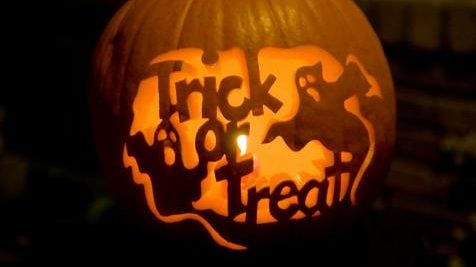
As we pull on our hoodies, light our jack-o’-lanterns and sneak just one more piece of candy, we can thank agriculture for giving us the most spooktacular night of the year.
Read More

It is currently illegal to sell unpasteurized milk in Ohio. There is a renewed interest in raw milk sales, so that could change.
Read More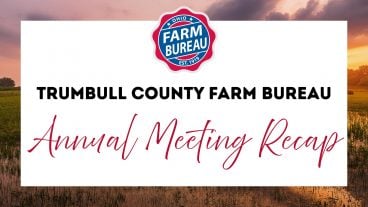
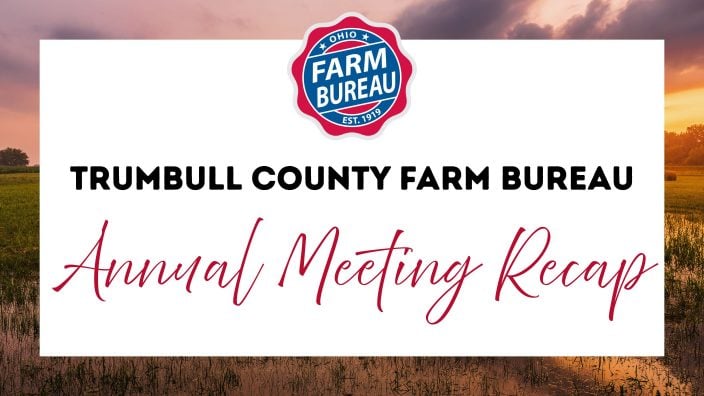
Trumbull County Farm Bureau held its 2025 Annual Meeting Thursday, Sept. 11, 2025 at 6:30 p.m. at the Trumbull County Fairgrounds, 899 Everett Hull Rd, in Cortland.
Read More
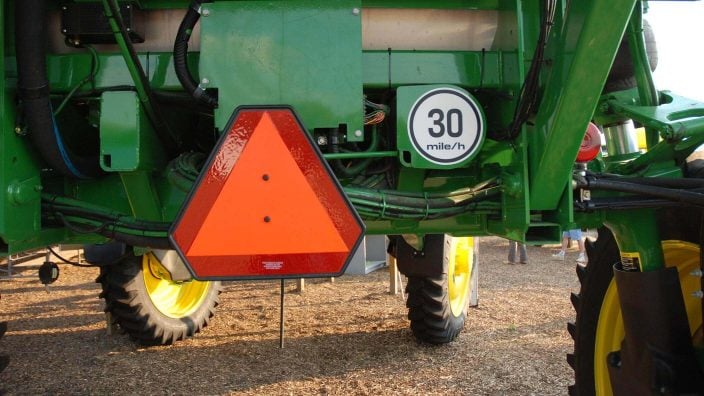
Fatigue and stress can sneak up on even the most seasoned farmer. Please, take care of yourselves.
Read More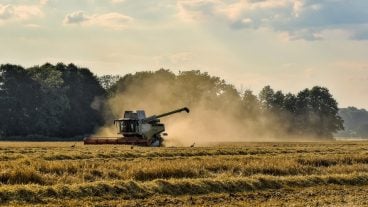
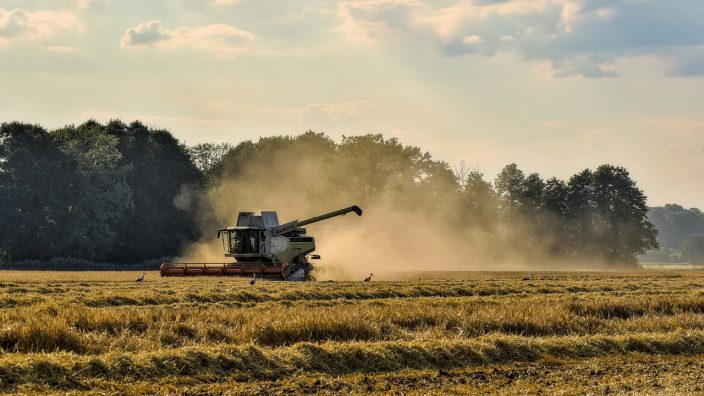
Traveling on roads with large, often oversized equipment adds to the stress.
Read More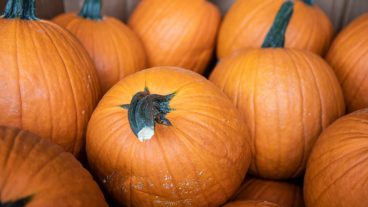
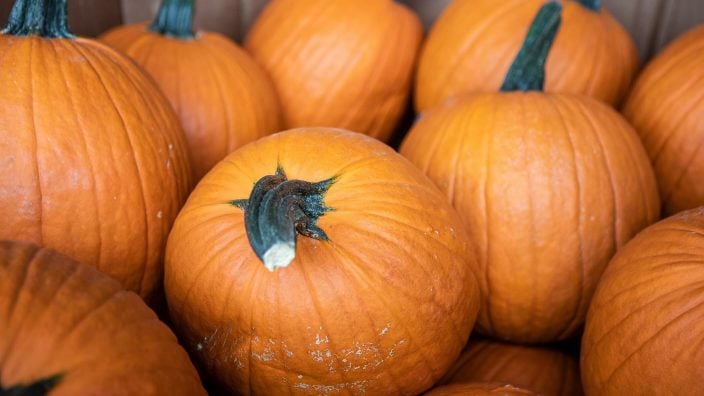
Much of Ohio’s pumpkin crop ends up at farm markets, roadside stands and patches where families pick out carving pumpkins and pie pumpkins by hand.
Read More